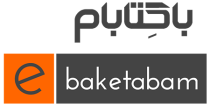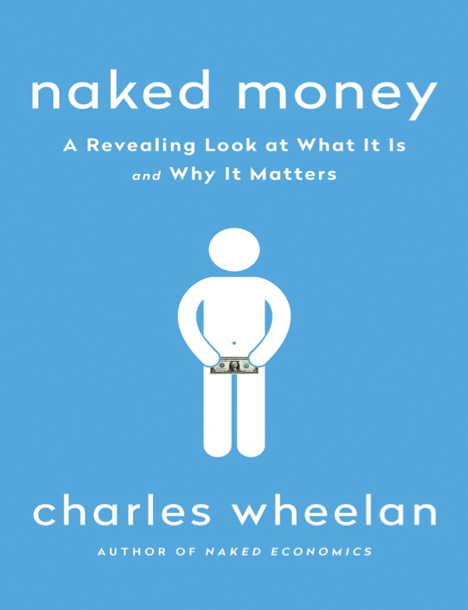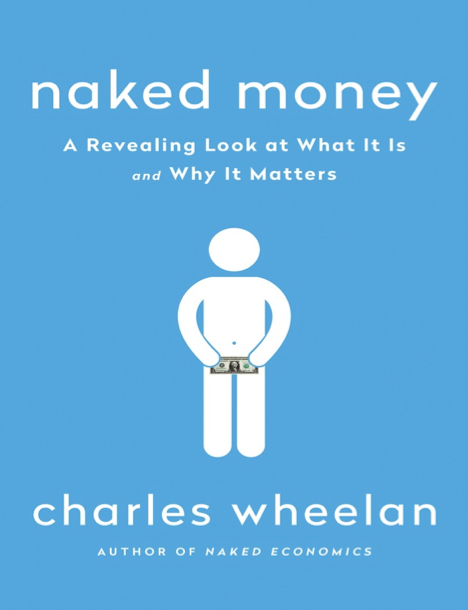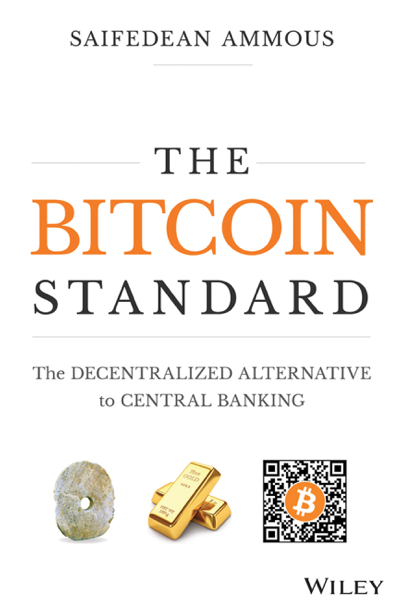Naked Money: A Revealing Look at What It Is and Why It Matters | Charles Wheelan
![]()
![]()
Charles Wheelan Money & Monetary Policy Banks & Banking Inflation Economic Inflation E-Commerce Business & Money
- درباره کتاب
- مطالعه راحت
- بخشی از کتاب
- نظرات
The best-selling Naked series tackles the weird world of money.
Consider the $20 bill.
It has no more value, as a simple slip of paper, than Monopoly money. Yet even children recognize that tearing one into small pieces is an act of inconceivable stupidity. What makes a $20 bill actually worth twenty dollars? In the third volume of his best-selling Naked series, Charles Wheelan uses this seemingly simple question to open the door to the surprisingly colorful world of money and banking.
The search for an answer triggers countless other questions along the way: Why does paper money (“fiat currency” if you want to be fancy) even exist? And why do some nations, like Zimbabwe in the 1990s, print so much of it that it becomes more valuable as toilet paper than as currency? How do central banks use the power of money creation to stop financial crises? Why does most of Europe share a common currency, and why has that arrangement caused so much trouble? And will payment apps, bitcoin, or other new technologies render all of this moot?
In Naked Money, Wheelan tackles all of the above and more, showing us how our banking and monetary systems should work in ideal situations and revealing the havoc and suffering caused in real situations by inflation, deflation, illiquidity, and other monetary effects. Throughout, Wheelan’s uniquely bright-eyed, whimsical style brings levity and clarity to a subject often devoid of both. With illuminating stories from Argentina, Zimbabwe, North Korea, America, China, and elsewhere around the globe, Wheelan demystifies the curious world behind the paper in our wallets and the digits in our bank accounts.
Editorial Reviews
About the Author
Charles Wheelan is the author of the best-selling Naked Statistics and Naked Economics and is a former correspondent for the Economist. He teaches public policy at Dartmouth College and lives in Hanover, New Hampshire, with his family.
با وجود اینکه هنوز بسیاری از کتابخوانها [ی حرفهای] ترجیح میدهند از کتاب چاپی برای مطالعه استفاده کنند ولی شمار کتابخوانهایی که بهتدریج از کتاب الکترونیک به عنوان مکمل یا منبع اصلی مطالعه استفاده میکنند کم نیست. فارغ از نوآوریهای جالبتوجه در زمینهی کتابخوانهایی همانند Kindle کمپانی آمازون، امکان و قابلیت نرمافزاری ساده، کارآمد و در دسترس مطالعهی کتاب با فرمت ePub از نظر بسیاری از کتابخوانها دور مانده است؛ بر اساس تجربهی مستقیم ما، شاهد بودهایم که بسیاری از افرادی که به صورت حرفهای به دنبال کتابهای زبان اصلی برای مطالعه روی کامپیوتر، تبلت و موبایل خود هستند با فرمت ePub آشنایی درستی ندارند.
پر واضح است که لمس کتاب بهصورت فیزیکی و بوی خوش کاغذ تجربهای لذتبخش و بیمانند است که همچنان در بین کتابخوانهای حرفهای در سراسر دنیا هواداران بسیاری دارد. البته، وقتی یکی از دغدغههای کتابخوان سهولت مطالعهی کتاب تحت هر شرایطی باشد اینجاست که نیاز به استفاده از کتاب الکترونیک حس میشود. با توجه به ویژگیهای مناسب کتابهای الکترونیک با فرمت ePub نگرانی ضعیف شدن بینایی و خستگی چشم بر اثر نگاه مستقیم به صفحهی نمایش تا حد بسیار زیاد و قابلتوجهی کاسته میشود.
کتاب الکترونیک با فرمت ePub این قابلیت را به خواننده میدهد تا بتواند رنگ زمینه، نوع فونت و سایز فونت را برای مطالعهی کتاب خود انتخاب کنند. همچنین خواننده این امکان را دارد که روی نوشته یادداشت بنویسد، جملهای را هایلایت کند و یا صفحه یا صفحاتی از کتاب را بوکمارک کند.
خوشبختانه نرمافزارهای کتابخوان الکترونیکی رایگان بسیاری وجود دارد که از فرمت PDF و ePub پشتیبانی میکنند. این کتابخوانهای الکترونیک قابل نصب روی انواع موبایلهای اندرویدی، آیفون، لپتاپهای ویندوزی و مکبوک است.











هنوز نظری ثبت نشده
اولین نفری باشید که نظر میدهید
ثبت نظر